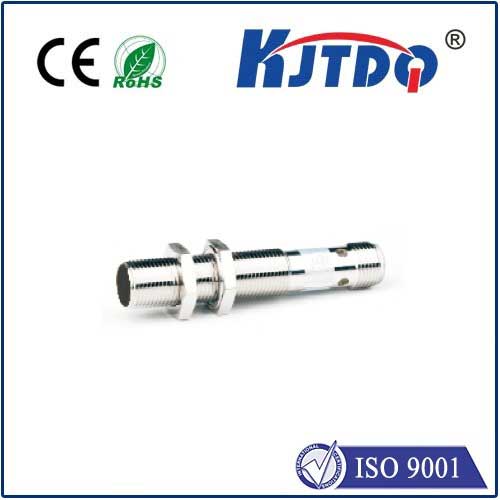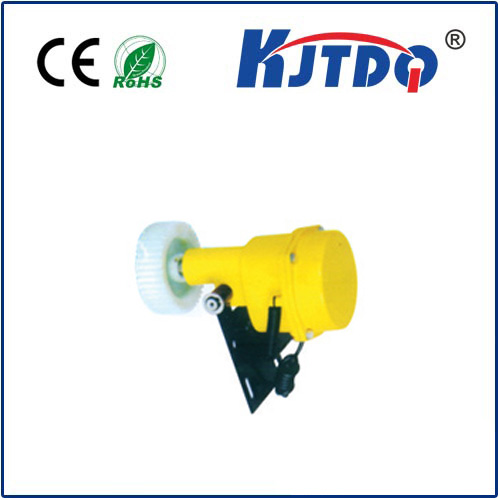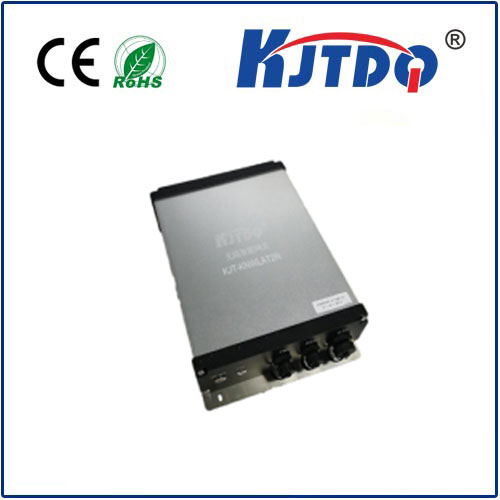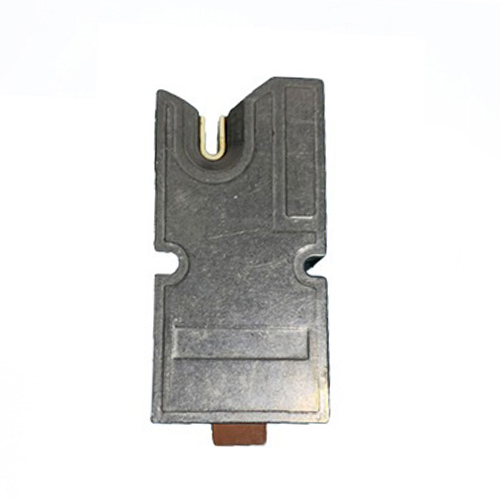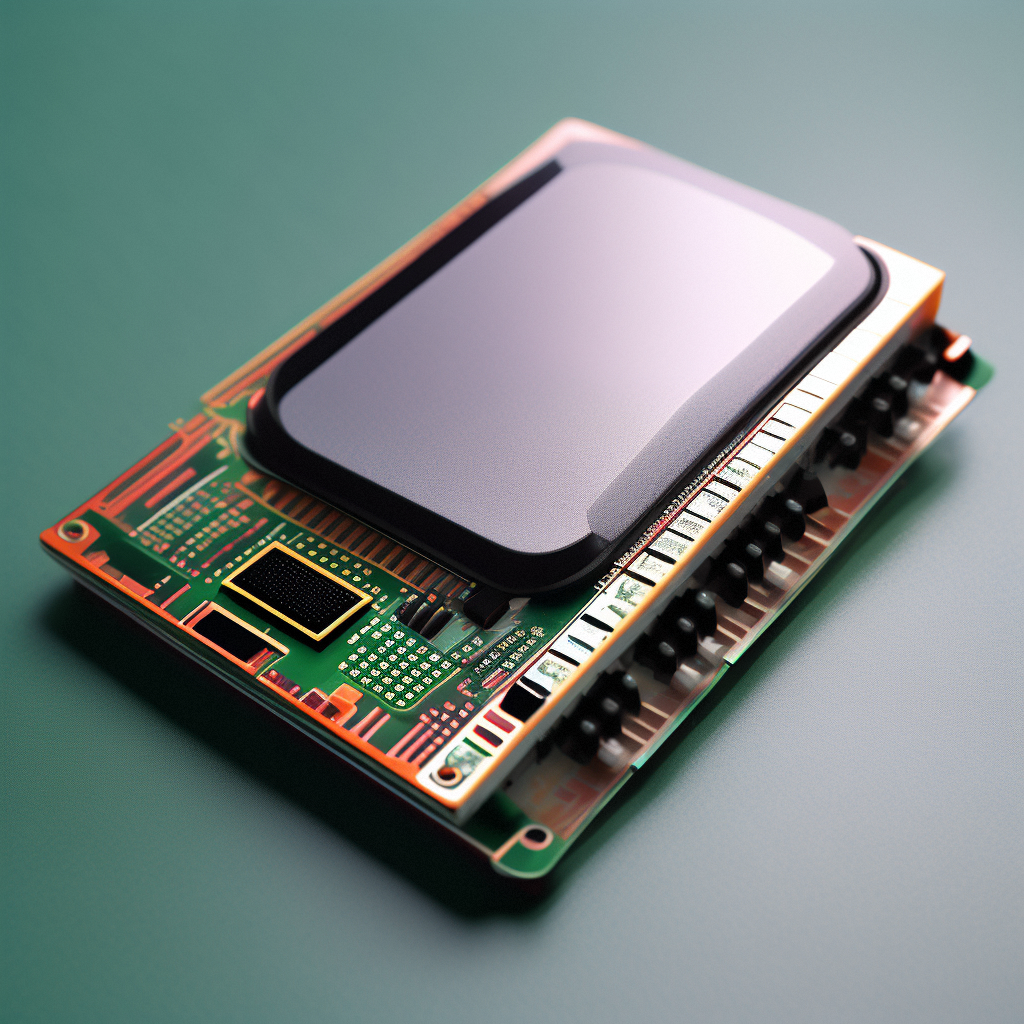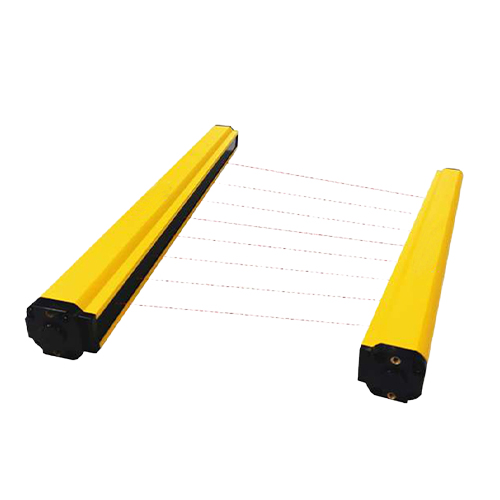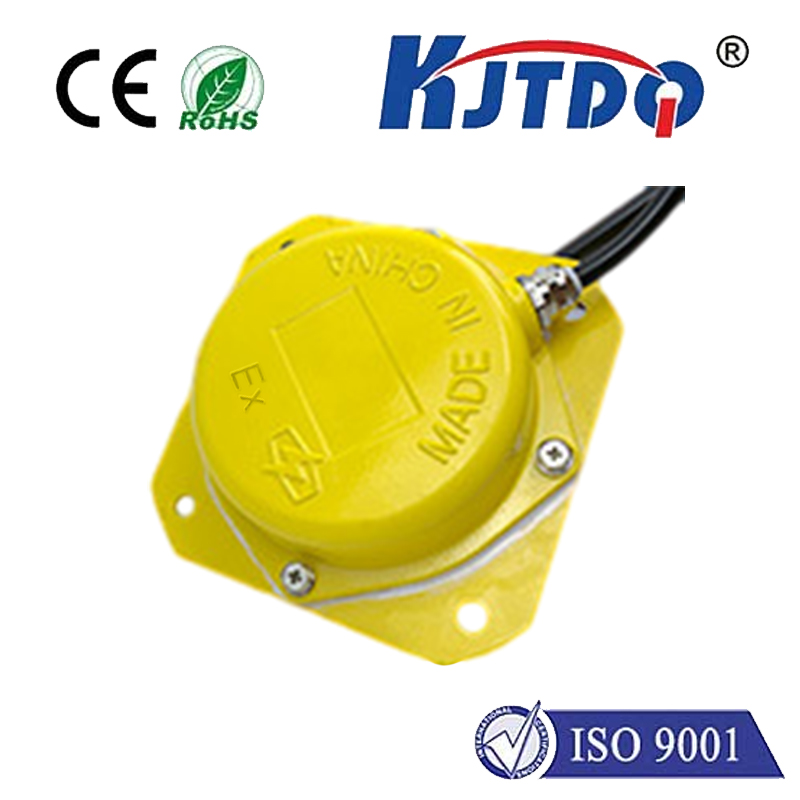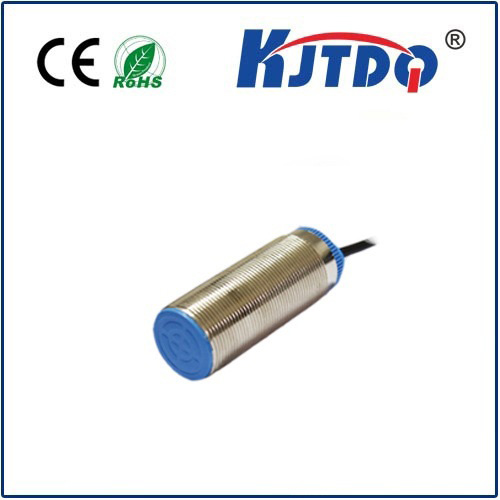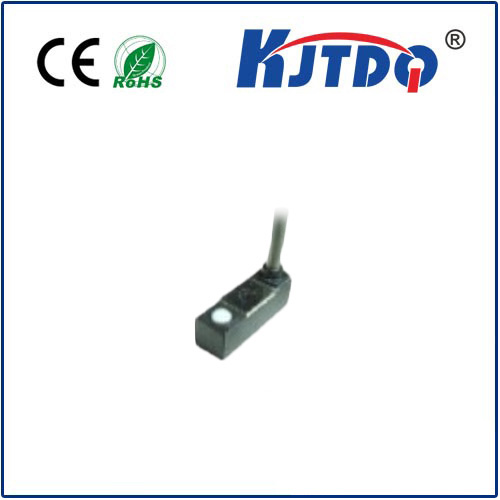Стоимость датчиков приближения
- time:2024-12-09 19:24:13
- Нажмите:0
Understanding the Cost of Proximity Sensors: Factors and Considerations
Proximity sensors have become indispensable components across various industries, offering precise detection capabilities without physical contact. However, understanding the cost associated with these sensors is crucial for making informed decisions in both purchasing and application. The following article delves into the factors influencing the cost of proximity sensors and considerations for potential buyers.
The Basics of Proximity Sensor Costs
The cost of a proximity sensor can vary widely based on several factors, including technology type, brand, features, and intended use. Generally, there are three primary types of proximity sensors: inductive, capacitive, and optical. Each type has its own advantages and specific applications, impacting the overall cost.

- Technology Type:
- Inductive Proximity Sensors: Often more affordable due to their simplicity and robustness. They are ideal for detecting metallic objects and are commonly used in industrial automation and machinery.
- Capacitive Proximity Sensors: Slightly more expensive than inductive sensors but capable of detecting non-metallic substances such as plastic, glass, and liquids. Their versatility makes them popular in various applications, from manufacturing to consumer electronics.
- Optical Proximity Sensors: Typically the most expensive, especially laser-based versions. These sensors offer high precision and are essential in industries like automotive, aerospace, and medical equipment where precise object detection is critical.
- Марка и качество:
- Premium brands often command higher prices due to their reputation for reliability, accuracy, and longevity. While budget brands may be tempting, investing in quality can lead to better performance and fewer long-term issues.
- Features and Specifications:
- Sensors with advanced features such as adjustable sensing distance, temperature compensation, or IO-Link connectivity will generally be priced higher. The additional functionalities provide more flexibility and adaptability to diverse environments and requirements.
- Quantity and Bulk Purchasing:
Purchasing proximity sensors in bulk can significantly reduce per-unit costs. Many manufacturers offer discounts for large orders, making it economical for businesses with substantial needs.
Considerations for Buyers
When evaluating the purchase of proximity sensors, several considerations should guide your decision:
- Application Needs:
- Clearly define the operational environment and specific requirements of your application. This includes the nature of the target materials, environmental conditions (such as temperature, humidity, and dust), and spatial constraints. Matching the sensor’s specifications to your needs ensures optimal performance and cost-effectiveness.
- Совместимость:
- Ensure that the proximity sensor is compatible with your existing systems and control devices. This includes compatibility with power supplies, wiring standards, and communication protocols.
- Техническое обслуживание и срок службы:
- Evaluate the maintenance requirements and expected lifespan of the sensors. Lower initial costs might translate into higher long-term expenses if the sensors require frequent replacement or intricate maintenance processes.
- Support and Warranty:
Consider the manufacturer’s warranty and customer support services. Reliable after-sales support can mitigate risks associated with potential malfunctions or technical issues, ensuring smooth operation over time.
Выводы
The cost of proximity sensors is influenced by a variety of factors, making it essential to conduct thorough research and consider all aspects before making a purchase. By understanding the different types of sensors, their features, and how they align with your specific needs, you can make an informed decision that balances cost with functionality. Remember, investing in high-quality proximity sensors not only enhances performance but also contributes to long-term savings and satisfaction.

